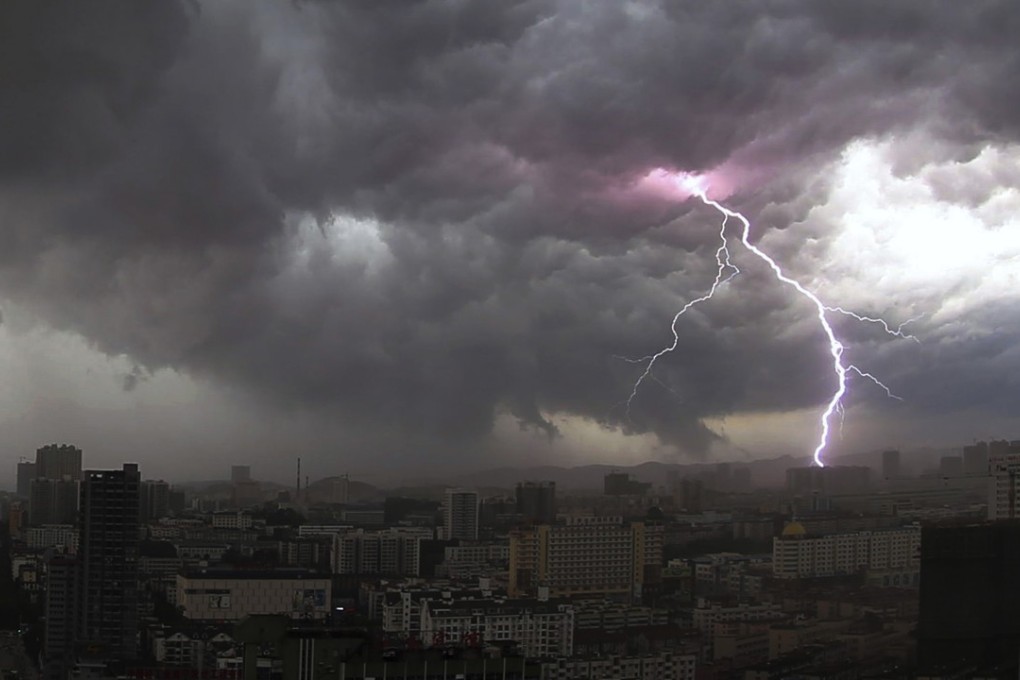Is smog breeding storms? China explores rise in lightning deaths
Researchers will try to ‘catch smog in the act’ to see if rising sulphate levels are responsible for build-up of electric energy in the atmosphere

China is investigating whether air pollution has played a part in the rapid increase in the number of people struck by lightning in some of its largest cities in recent decades, according to a scientist involved in the project.
Lightning now kills or injures nearly 4,000 people in China annually, according to government statistics, but less than 20 years ago the reported casualties were only a tenth of the present level.
The cost of the damage it causes to businesses in sectors such as telecommunications, power and transport is estimated to be somewhere between 5 billion and 10 billion yuan (US$1.5 billion).
Li Jingxiao, a researcher at Beijing Lightning Protection Centre, said large quantities of polluting particles in the atmosphere could generate powerful electric fields due to friction.